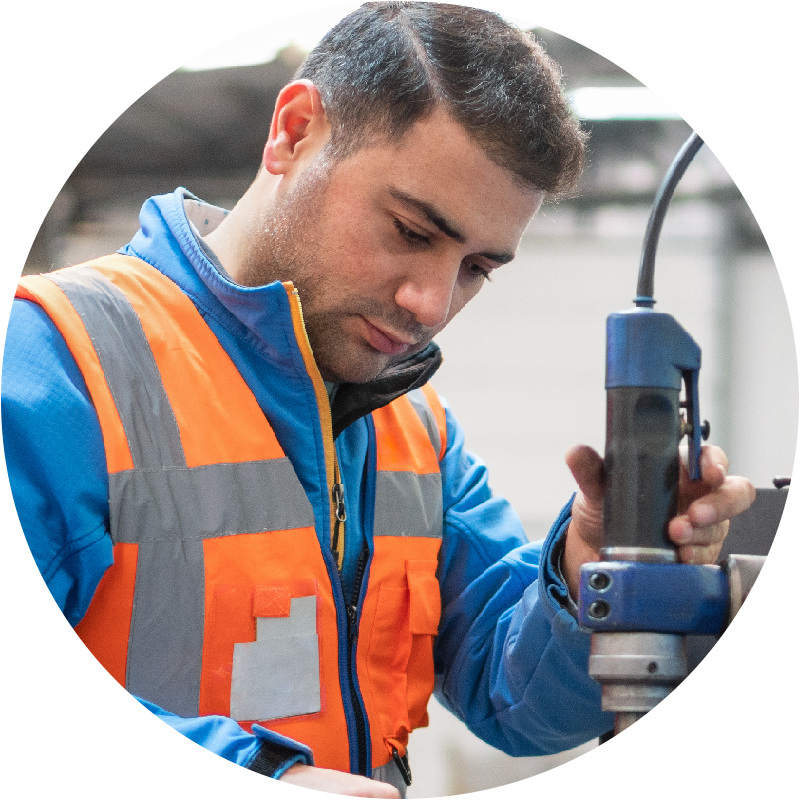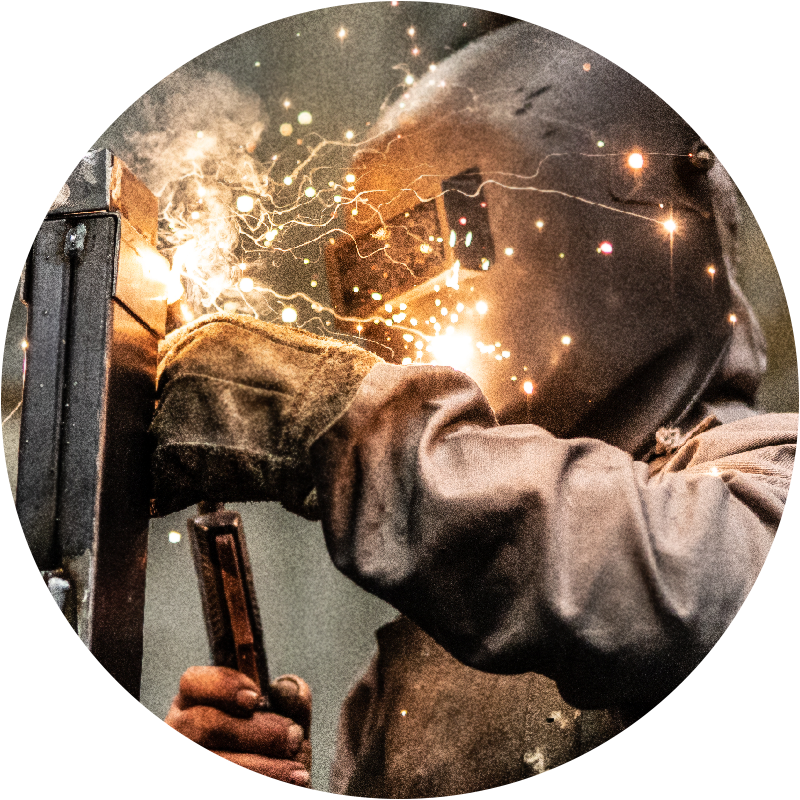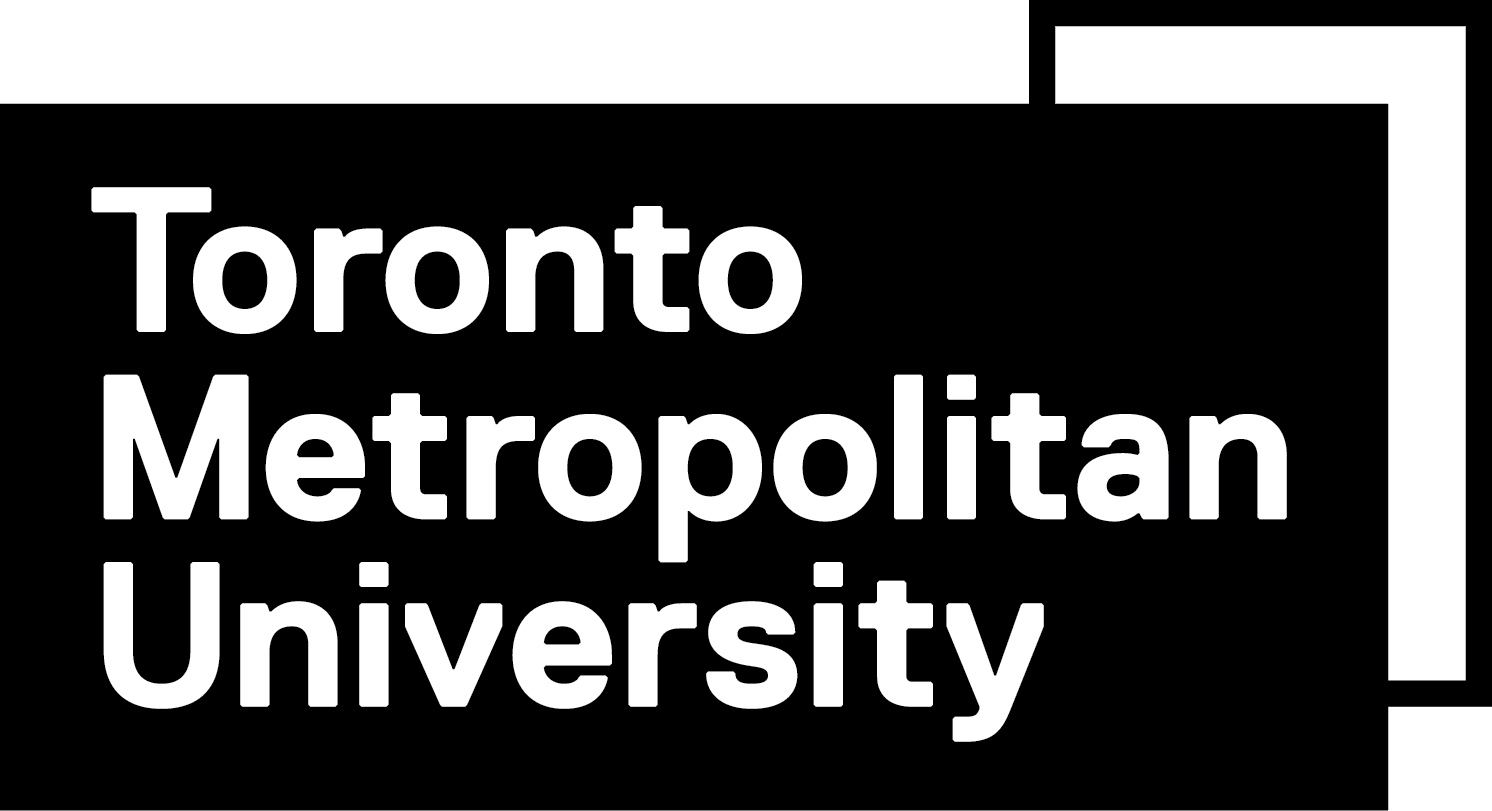

Could the clean economy offer brighter futures for workers at risk of automation?
In a previous study, we identified 92 occupations at a high risk of automation with few desirable opportunities to transition into lower-risk ones. These high-risk, low-mobility (HRLM) occupations account for one in five employees in Canada.
Is your industry vulnerable to automation?
On behalf of the Future Skills Centre, The Conference Board of Canada is researching the paths these workers could take to transition into sectors that are growing rapidly, starting with the clean economy.

Rapid growth, clean economy
Rapid-growth occupations match at least one of the following criteria:
- projected to grow 7 per cent or more between 2018 and 2028
- projected to have 10,000 or more job openings in Canada between 2018 and 2028
We look at the clean economy from the perspective of occupations concentrated in three broad sectors:
- clean energy production
- energy efficiency
- environmental management

We identified 22 rapid-growth, clean-economy (RGCE) occupations in total. Some are obvious professions—such as solar panel installers, wind turbine technicians, and power-line installers—while others are less obvious—such as industrial engineers, sheet metal workers, geospatial information scientists, and even training and development specialists.
We interviewed dozens of experts across Canada to understand the current landscape of clean technologies, the skills requirements of the clean economy, and relevant worker views we should consider when modelling transitions. We also surveyed over five hundred workers across Canada to better understand their preferences and attitudes, as well as the barriers they face regarding job transitions.
Here’s what we’ve learned so far.
Skills needed for the clean economy
The specific skills needed will vary depending on the occupation. Workers will need strong social and emotional skills to adapt to changing work environments.

Specific skills
- Data analysis
- Business modelling
- Environmental impact assessment
- Programming
- Project management

Foundational social and emotional skills
- Critical thinking
- Systems thinking
- Communication
- Creativity
- Cross-sectoral perspectives

What’s holding us back?
Structural factors
- Lack of consistent financial support for workers to reskill
- Hiring friction from employers being hesitant to hire inexperienced workers
- Current demand for relevant occupations can hamper interest and cast doubt on long-term job security
- Lack of awareness around potential transition opportunities • Relocation barriers, like high living costs in new cities and family commitments
Human factors
- Fear of what the clean economy means for the individual worker, as well as fear of starting over
- Uncertainty around job quality and security in new fields
- Misalignment with values that are potentially averse to addressing climate change
- Identity issues that may prevent someone from leaving the only job or town they’ve known

Employees can:
Identify and understand occupational skills profiles and vulnerability to automation
Leverage existing career transition tools (e.g., OpportuNext) to identify potential RGCE occupations with skills and experience that overlap
Take advantage of available government upskilling supports (e.g., Canada Training Credit)
Seek out upskilling opportunities within their organization and discuss training and development goals with their manager

Employers can:
Understand how their organization fits into the clean economy
Implement phased transitions and have a detailed plan in place
Establish dialogue with workers to enable a just and equitable transition
Implement guidance programs to help workers move to different areas within the organization or to other opportunities
Provide time and financial support for workers interested in upskilling
Incentivize continuous learning

Schools can:
Adapt to changing market demand
Work with industry partners to design curricula with increased work-integrated learning opportunities
Promote the skilled trades as a critical component in the clean economy
Offer micro-credentials to help equip transitioning workers

Canadian government can:
Ensure policy continuity
Foster and maintain a healthy dialogue between provincial and federal governments
Support demand for clean economy jobs
Update procurement standards
Update regulations as markets change

Next steps
The following questions will guide our study of how workers can transition from occupations susceptible to automation to those that are growing rapidly:
- What is the extent of skills gaps and task and knowledge area differences between high-risk, low-mobility (HRLM) and rapid-growth, clean-economy (RGCE) occupations in Canada?
- What are the time and monetary costs of skills development and training for a transition between any given HRLM occupation and RGCE occupation?
- Is there variation across regions in the extent of skills gaps between HRLM occupations and RGCE occupations?
- What are workers’ views regarding potential transitions, required formal retraining for those transitions, and other potential barriers that may impede the transitions?
From automation to transformation, governments and employers need to know how to adapt to changing occupational and skills needs.
Be ready. Stay informed. Get the latest research and findings from the Future Skills Centre that affect your industry and organization.
FSC partners




The responsibility for the findings and conclusions of this research rests entirely with The Conference Board of Canada.

